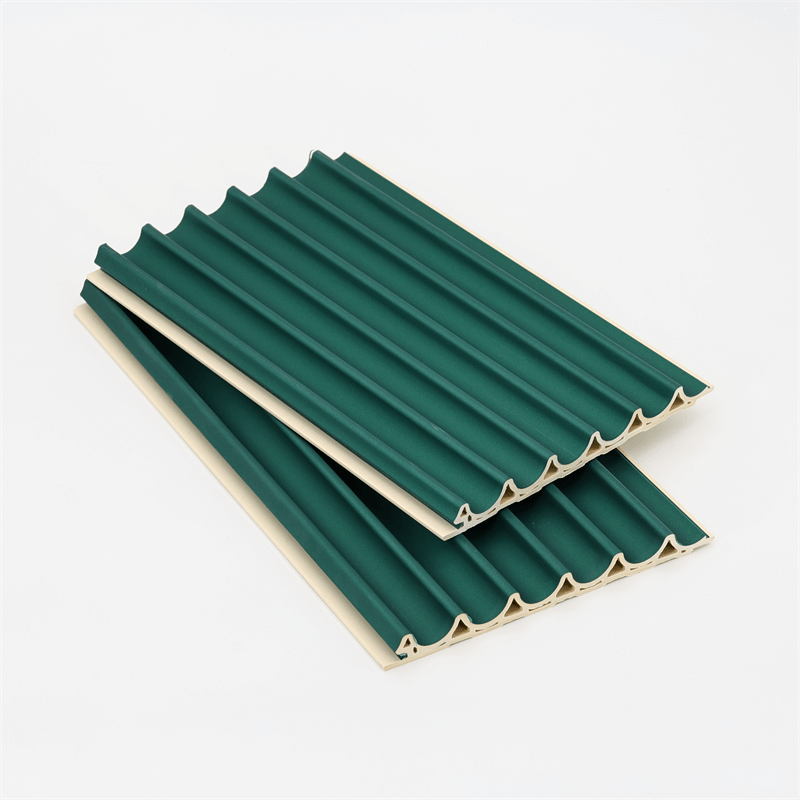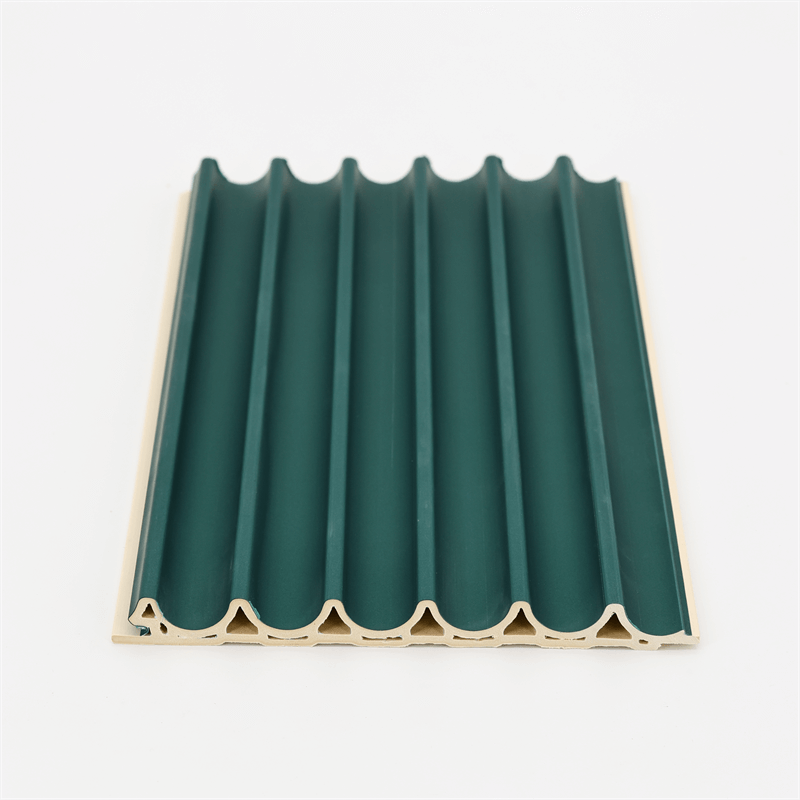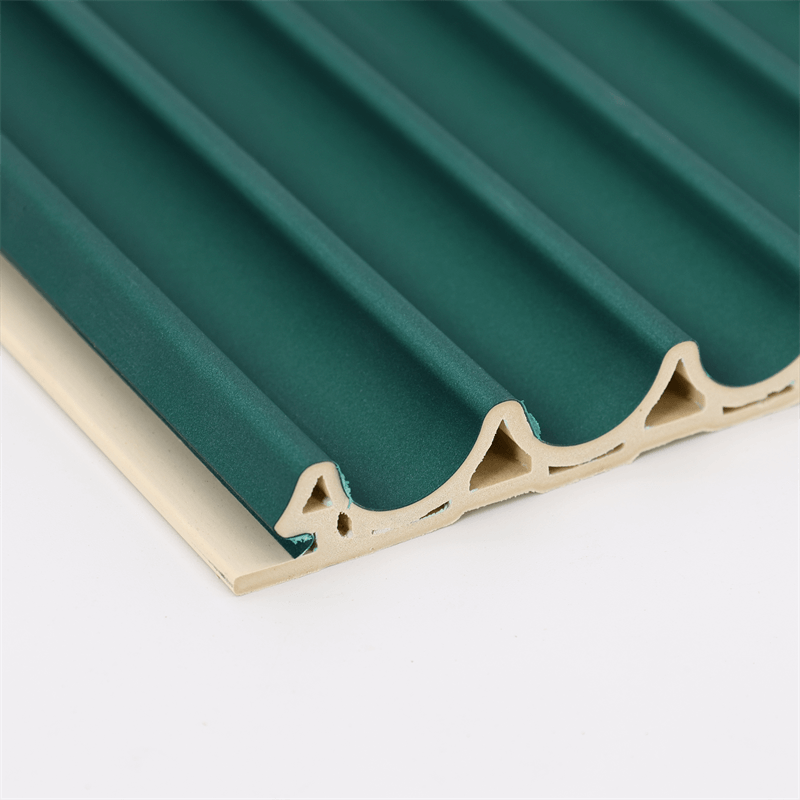
The field of architecture is constantly evolving, driven by innovations in materials and technologies that shape the way we design and construct buildings.
One such revolutionary material is Wood-Plastic Composite (WPC) wood panels, which have made a significant impact on modern architecture.
WPC panels offer a sustainable and versatile alternative to traditional wood products, allowing architects and designers to create structures that combine aesthetics, durability, and eco-friendliness.
This article delves into the role of WPC wood panels in modern architecture, exploring their transformative qualities and the ways they have revolutionized construction practices.
Sustainable Design: Eco-Friendly Advantages of WPC Wood Panels
Utilizing Recycled Materials WPC wood panels embody the principles of sustainability by incorporating recycled wood fibers and thermoplastic polymers.
The use of post-consumer wood waste, agricultural residues, and recycled plastic reduces the demand for virgin materials and diverts waste from landfills.
By repurposing these materials, WPC panels contribute to waste reduction and support a circular economy, making them a valuable addition to eco-friendly construction practices.
Reduced Environmental Impact The manufacturing process of WPC panels consumes less energy and produces lower greenhouse gas emissions compared to traditional wood products.
Additionally, the use of recycled materials further lessens the environmental impact of WPC wood panels.
By opting for WPC panels, architects and designers can actively contribute to reducing their projects’ carbon footprint,
aligning with the growing emphasis on sustainable and green building practices.

Aesthetics and Versatility: Elevating Design Possibilities
Natural Aesthetics WPC wood panels offer the allure of natural wood aesthetics without the drawbacks of traditional wood.
Their realistic wood grain patterns and textures create a warm and inviting ambiance, enhancing the visual appeal of structures and spaces.
From rustic and traditional designs to contemporary and modern themes, WPC panels complement a wide range of architectural styles, adding a touch of sophistication to any project.
Design Flexibility The versatility of WPC wood panels allows architects and designers to explore creative possibilities.
The panels are available in various sizes, shapes, and colors, facilitating imaginative designs and innovative applications.
Whether used for exterior cladding, interior wall paneling, or even furniture design, WPC panels provide an array of design options that cater to diverse preferences and project requirements.
Durability and Performance: Building Resilient Structures
Weather Resistance WPC wood panels have emerged as a preferred choice for outdoor applications due to their exceptional weather resistance.
Unlike traditional wood, which is vulnerable to rot, decay, and fading when exposed to rain, snow, and sunlight, WPC panels maintain their structural integrity and visual appeal over time.
They are ideal for decking, fencing, and cladding, where exposure to the elements demands durable and low-maintenance solutions.
Longevity and Low Maintenance The inherent durability of WPC panels contributes to their longevity, allowing structures to remain strong and visually appealing for extended periods.
The composite material’s resistance to scratches, impacts, and wear ensures that WPC panels retain their original appearance, reducing the need for frequent repairs or replacements.
Their low maintenance requirements make them a practical choice for architects seeking durable and cost-effective solutions.

Sustainable Urban Development: Applications in Modern Cities
Urban Façade Design The ever-changing skyline of modern cities demands innovative façade design that blends aesthetics with sustainability.
WPC wood panels offer architects the ability to create eye-catching exteriors that showcase the charm of natural wood while upholding eco-friendly principles.
By using WPC panels in urban façades, architects can contribute to sustainable urban development and demonstrate a commitment to greener and more livable cities.
Green Building Certifications As green building certifications, such as LEED (Leadership in Energy and Environmental Design),
become integral to sustainable urban development, WPC panels provide a valuable advantage.
Projects incorporating WPC wood panels can earn points for their use of recycled materials, energy efficiency,
and low maintenance requirements, facilitating their certification as eco-friendly structures.
Wood-Plastic Composite (WPC) wood panels have revolutionized modern architecture,
offering architects and designers a sustainable and versatile material that elevates the possibilities of design while ensuring durability and performance.
Through the utilization of recycled materials, WPC panels demonstrate a commitment to eco-friendly practices and reduced environmental impact.
Their natural aesthetics and design flexibility allow for creative expressions, enhancing the visual appeal of structures and spaces.
Moreover, WPC panels’ weather resistance and low maintenance requirements contribute to their longevity, ensuring resilient constructions that thrive in diverse environmental conditions.
As urban centers continue to expand and prioritize sustainable development, WPC wood panels play a significant role in shaping the face of modern cities.
From urban façades to green building certifications, WPC panels contribute to sustainable urban development and promote the creation of greener and more resilient cities.
Architects and designers can embrace the transformative qualities of WPC wood panels to create structures that embody the fusion of innovation and sustainability.
By incorporating WPC panels into their designs, professionals can pioneer a new era of architecture that not only delivers aesthetically
captivating structures but also promotes a greener and more sustainable future for generations to come.
